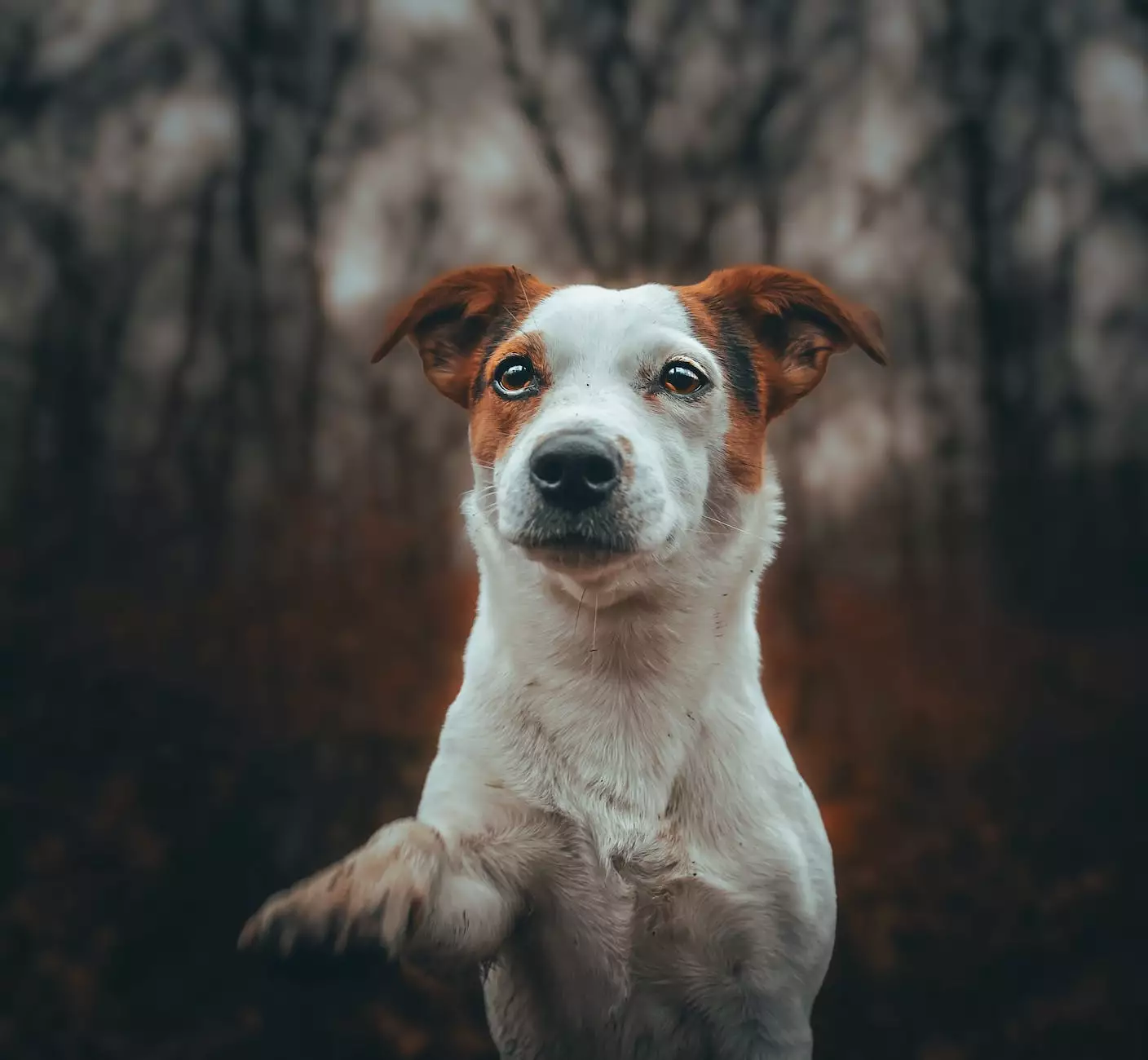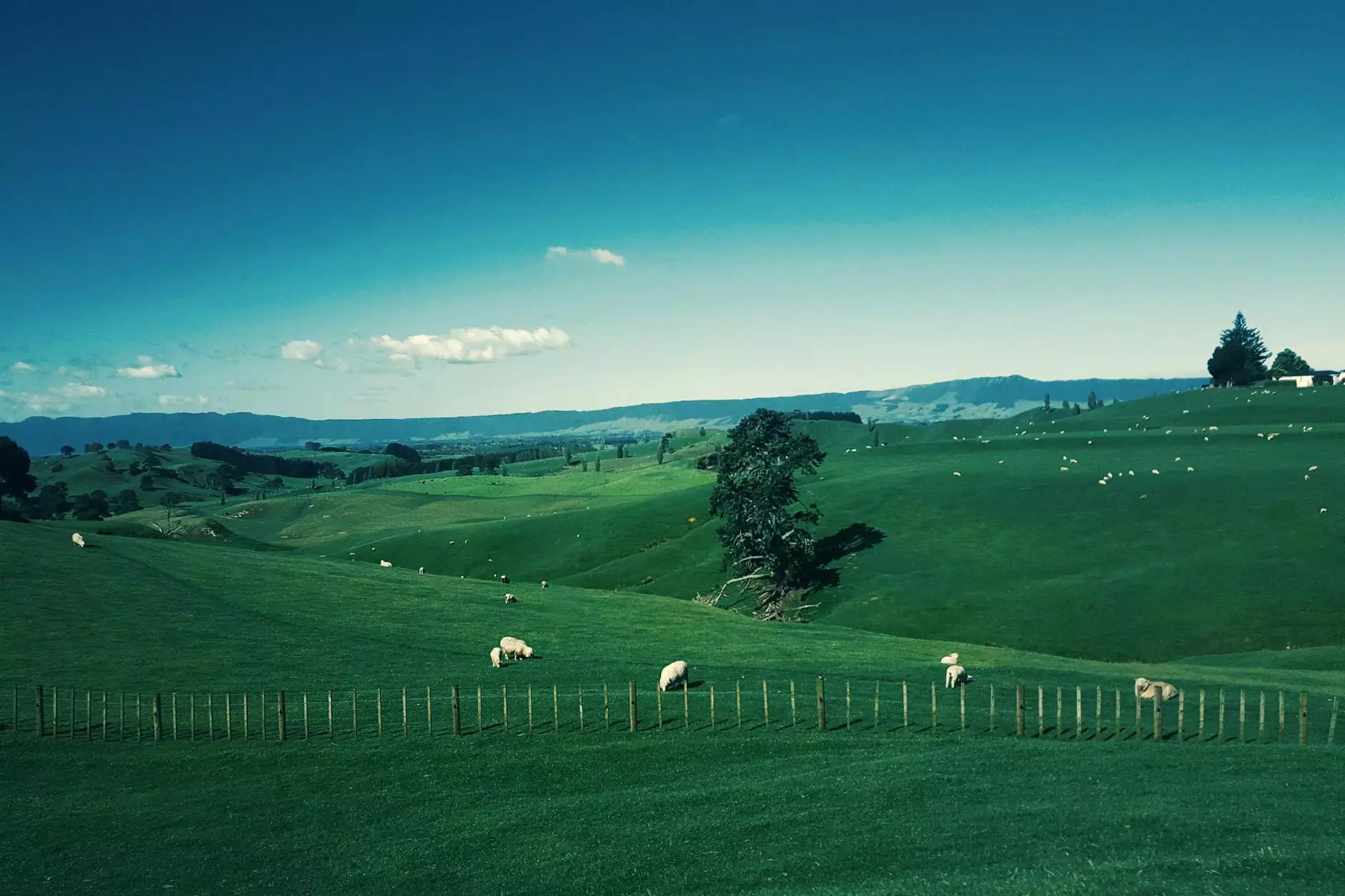Welcome to Wisconsin Adventures: Uninvited Guests - How To Tell If Wildlife Is Calling Your Property Home
Dog Care
Introduction
Wisconsin Adventures, a trusted name in Travel and Tourism, presents a comprehensive guide to help you determine if wildlife is making your property their home. Living in harmony with nature is essential, but it's important to understand the signs and take necessary steps to manage wildlife presence on your land.
Understanding Wildlife Behavior
Before diving into identifying wildlife on your property, it's crucial to have some understanding of their behavior. Wildlife species exhibit unique characteristics and habits that allow them to thrive in various environments. By familiarizing yourself with these traits, you'll be better equipped to identify which animals are calling your property home.
Signs of Wildlife Presence
Several signs indicate the presence of wildlife around your property. By paying attention to these indicators, you can quickly determine if uninvited guests are sharing your space:
1. Tracks and Footprints
Tracks and footprints left behind by wildlife can provide valuable clues. Different animals leave distinct tracks, allowing you to identify the species present. Invest in a wildlife tracking guidebook or consult with local experts to familiarize yourself with common tracks found in your region.
2. Scat and Droppings
Wildlife excrement, also known as scat or droppings, is another clear sign of their presence. The size, shape, and contents of the droppings can hint at which animal visited your property. Take pictures or collect samples for further analysis if needed.
3. Damage to Property
Damage to your property or plants can indicate wildlife activity. Gnawed trees or vegetation, dug-up gardens, or damaged fences may suggest the presence of animals such as deer, rabbits, or rodents. Assess the extent of the damage to determine potential culprits.
4. Nests, Burrows, or Dens
Finding nests, burrows, or dens on your property is a clear indication that certain wildlife has made your land their home. Different species build distinct structures, so it's essential to learn about local wildlife and their nesting behaviors.
Common Wildlife Species and Their Behaviors
Wisconsin is home to a diverse range of wildlife species. Here are some notable examples and their behaviors:
1. White-tailed Deer
White-tailed deer are a common sight in Wisconsin. They often leave tracks and browse on plants, causing notable damage to gardens and landscaping. Their hoof prints and distinctive antler marks on trees are clear signs of their presence.
2. Gray Squirrels
Gray squirrels are known for their acrobatic skills and constant search for food. Look for chewed nuts, bark, and the presence of nests high up in trees as signs of their residency. Keep in mind that they can also cause damage to bird feeders.
3. Raccoons
Raccoons are adaptable creatures and can be found in a variety of habitats. Damage to trash cans, overturned bins, and tracks resembling small human hands are clues to their presence. Keep an eye out for their distinctive footprints near water sources.
4. Eastern Cottontail Rabbits
Eastern cottontail rabbits are common in Wisconsin's grasslands and open areas. Look for nibbled vegetation, distinctive pellet droppings, and nests known as "forms" when identifying their presence. They are typically most active during dawn and dusk.
Managing Wildlife Presence
While sharing your space with wildlife can be exciting, certain situations may require managing their presence. Here are some tips to keep wildlife encounters safe and maintain a healthy balance:
1. Identify Food Sources and Remove Attractants
Wildlife often visit properties in search of food. Identify any potential food sources like unsecured garbage cans, easily accessible bird feeders, or compost piles. Take steps to secure or remove these attractants to discourage wild animals from frequenting your property.
2. Install Barriers and Fencing
If specific wildlife species cause significant damage, consider installing physical barriers or fencing around vulnerable areas. This can protect your garden from deer or rabbits and prevent access to sensitive spaces such as attics or crawl spaces.
3. Keep Your Property Well-Maintained
Maintaining a well-kept property can discourage wildlife from taking up residence. Regularly trim vegetation, remove debris, and repair any potential entry points that may attract animals seeking shelter.
4. Seek Professional Help if Needed
If wildlife presence becomes a persistent issue or poses a safety concern, it's advisable to seek professional assistance. Local wildlife control experts can provide valuable guidance on humane removal methods and offer additional insights based on their knowledge of local wildlife patterns.
Conclusion
Living alongside wildlife can be a rewarding experience, but it's crucial to manage their presence effectively. By familiarizing yourself with the signs of wildlife activity, understanding their behaviors, and implementing appropriate measures, you can ensure a harmonious coexistence while protecting your property and its inhabitants.
Wisconsin Adventures is committed to helping outdoor enthusiasts navigate the fascinating world of wildlife. For more information and expert advice, visit our website and explore our wide range of resources on wildlife management, conservation, and outdoor adventures.










